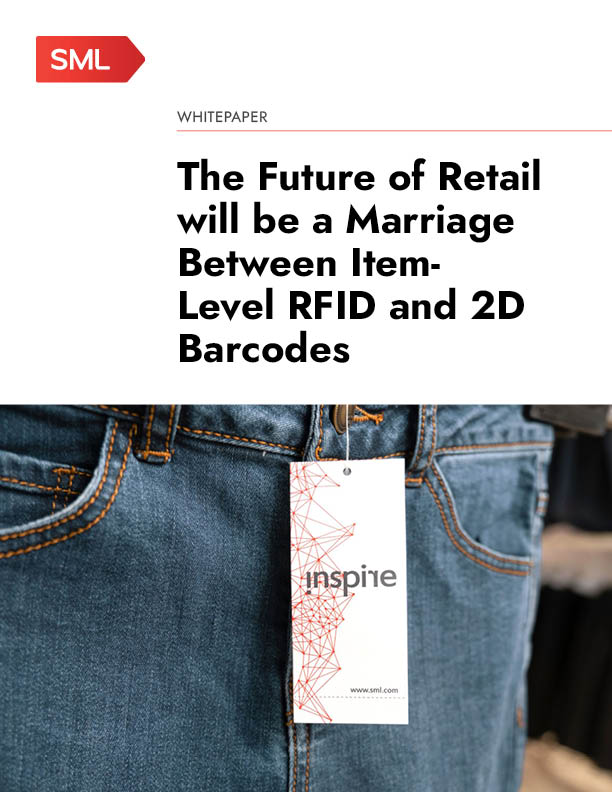However, whilst it’s true that the landscape has become increasingly competitive, the sector as a whole is far from extinction as retailers are quickly recognizing the need to not only have great products that customers are expecting, but they must also implement game-changing technologies to remain relevant.
Retailers that fail to adapt to evolving customer demands could soon find themselves closing their doors for good. Yet, whilst there is a clear need for retailers to innovate, they also need to be careful where they invest their precious capital. The sector is full with buzzwords of emerging technologies such as AI, big data and innovative payment solutions.
Challenges with inventory management leading to missed sales
One of the most significant challenges still experienced by retailers is their struggle with accurate inventory viewability and management. This poor visibility leads to missed sales opportunities due to out-of-stock products, but also has a long term impact on customer loyalty.
In addition, many retailers are in the dark and are unaware that they have such a poor view of their inventory. For example, SML previously worked with a sporting goods retailer who believed they had a sufficient view of their inventory. Yet, once they had piloted SML’s RFID solutions, the retailer discovered that their stock accuracy was just 68% with items being misplaced or lost during the supply chain process. As a result, the retailer realized they needed to begin making significant changes to its operations.
Integrating legacy technology with the new
To adapt to the evolving retail sector and gain a greater view of store inventory, more retailers are utilizing a combination of item-level RFID and 2D Barcode with GS1 standards based item-level data embedded within as both are being adopted in retail environments. These technologies have their own advantages and, when combined, have the ability to provide an innovative inventory, point-of-sale (POS) and brand protection use cases.

SML RFID has worked with a number of retailers and global brands that have utilized item-level RFID for inventory management whilst also implementing 2D Barcode technology with embedded EPC at POS. By utilizing the two technologies together, we’ve seen 50% savings to the retailer by not using RFID technology at POS whilst still getting access to EPC level data on sold items.
To find out more about utilizing item-level RFID and 2D Barcodes, read our whitepaper here.
Enhanced Check-out Solutions
Retailers are adopting RFID at Point of Sale for a variety of reasons. In particular, the technology has the ability to speed up the check out process and can be part of a ‘technology rebrand’ effort for retailers whilst acting as a loss prevention tool by reducing human factor-based errors at checkout.
SML has deployed RFID POS systems to over 250 stores for one retailer alone and the response has been very positive due to the accuracy, speed of checkout and the technology experience that the customer finds during the POS process.
Reduced Shrink and Loss Prevention
With RFID, retailers are able to carry out a stock count of their stores once a week in an hour or so with a few handhelds at 98% accuracy. An enhanced view of inventory naturally leads to a reduction in shrink which is often the result of theft or items lost throughout the supply chain. On average, shrink percentage within retail is around 2% of sales which creates significant cost implications to retailers.
However, RFID can be utilized to prevent shrink through all aspects of the supply chain and can identify whether an item went missing in transit from the distribution center.
Not only does shrink have large cost implications, it also means that a retailer’s view of inventory is already inaccurate which can lead to missed sales opportunities. RFID technology is able to reduce shrink by up to 50%, meaning items are more readily available for purchase and the customer experience isn’t hindered by not having the correct items in store.
If you’re interested in hearing more about retailers using RFID to optimize customer experience at POS level, download our whitepaper here.

